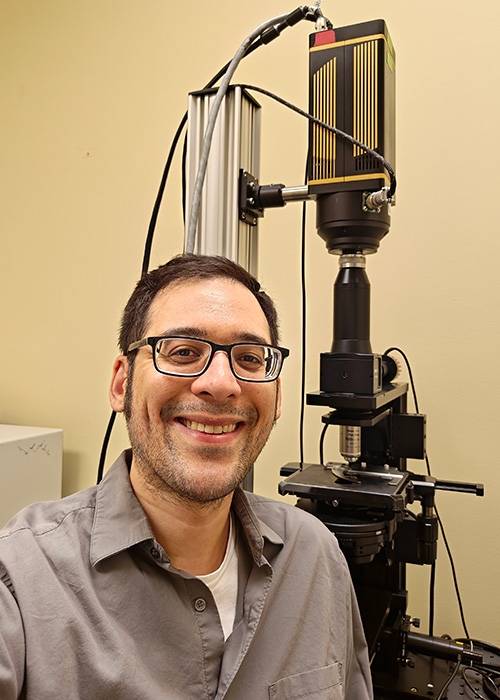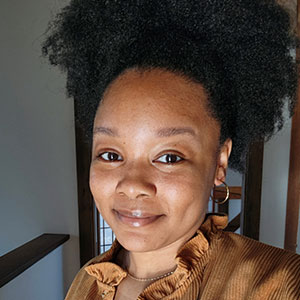Starting your industry career on the ground floor
We’ve all heard that some of the largest companies on earth started with one man, a garage and a computer. While some of these stories may be apocryphal, the lesson rings true: We’re in a new era of small businesses developed by one or two entrepreneurs who intend to scale up into a larger company. Forbes magazine first used the term “startups” in the late 1970s, especially when referring to new companies in the fast-growth technology industry.
Startup culture has boomed in the United States since the huge successes of companies with billion-dollar valuations, known as “unicorns,” such as Elon Musk’s SpaceX, the spelling and grammar assistant Grammarly, and Zoom, the video conferencing app that became invaluable during the COVID-19 pandemic.
Startups also exist in the realm of biotechnology. Proton Biosciences, based in Spokane Valley, Wash., was founded in 2017 by two professors at Washington State University, James Brozik and ChulHee Kang. In my March 15 column, I spoke with Kevin Lewis, about his responsibilities as the company’s chief scientist.
This week’s column continues that conversation with a focus on Lewis’s contrasting experiences with Photon Biosciences and a larger company, Unicep.
Small team, big responsibilities

When Lewis joined Photon Biosciences full time in 2020, the company consisted of two scientists (the cofounders), who were both professors at WSU, and himself.
“We hired on a CEO to take some of the responsibilities away from the founders who had to teach classes,” he said. “At one point, we had six people. At the moment, we’re at four.”
Such a small team is not uncommon for a startup. Of course, not every small business is a startup, but the Small Business Administration determined that over 80% of small businesses are run solely by their owners, and 16% have one to 19 employees. Compared to a company like Pfizer, with about 83,000 employees, or even Moderna, which employs around 5,000 people, 19 employees is miniscule.
With such a small staff, each person must wear many hats. Lewis, who was hired as a senior research scientist, offers himself as an example.
“When I first joined, my focus was on the protein engineering of the luminescent probe, a genetically expressible bionanoparticle,” he said. “Now my focus has branched out quite a bit. Setting up microarray-based diagnostics, designing and printing the arrays, learning how to use AutoCAD software to model a device and 3D print it and build it. I’ve been all over the place ever since.”
From leader to follower
For a short time in 2022, Photon Biosciences was between grants. That meant there was no money to pay Lewis, and he had to find a new position. He applied for several grants to get Photon Biosciences up and running again before leaving for about six months. During that time, he worked for Unicep Packaging, LLC, a contract packaging company, also based in Spokane, as a laboratory technician.
“Whoever wants something packaged, they send the material to Unicep, and we repackage it,” he said. “I would ... test all of the materials for bacterial contamination.”
This position stripped Lewis of a lot of the responsibility he had at Photon Biosciences. “I liked having a lot more say in the matter,” he said. “I was so far removed from having any input in the company, or any knowledge of the inner workings of the company. Even in academia, I always had some control over my research.”
Eventually, a grant panned out, and Lewis was able to return to Photon Biosciences, this time as chief scientist with equity in the company.
Research plus
Lewis now works as a research and development scientist, a role carried over from his work as senior research scientist, but he also runs other parts of the laboratory. The new grant concerns cryogenic electron tomography, and Lewis performs luminescent light microscopy experiments to develop the probe for correlative light-electron microscopy.
Martin Lawrence, a collaborator turned team member from Montana State University, runs a group that performs tomography experiments on the probe at MSU. As the grant’s principal investigator, Lewis coordinates experiments performed by graduate students in the Lawrence lab at MSU and the Brozik lab at WSU that contribute to research on the probe.
“I run the laboratory day to day,” he said. “I have a lot more say in budgeting and purchasing, setting up meetings with collaborators and so on. I went from purely research as a senior scientist to research plus management and executive responsibilities.”
While this seems like a lot for one person to handle, Lewis balances the work with personal time.
“Now that I’m not a postdoc and I’m just working for the company, I’ve moved away from the academic level of workaholic lifestyle,” he said. “I do a lot of hiking. There are multiple mountains surrounding Spokane. In about eight hours, I could drive west to Olympic National Park or east to Glacier National Park, southwest to Yellowstone or north to Banff. It’s all in this perfect circle around us.”
Preparing for startup work
Lewis has specific advice for anyone who wants a position like his.
“If you do get in at a startup, you have to have an entrepreneurial mindset,” he said. “You have to be prepared to do a lot of things that aren’t science and be prepared to branch out.”
A larger company might have funds to hire a new employee with expertise in a needed area. Owners of a startup are more likely to expect their current scientists to have the desire to learn and fill multiple roles.
“At a phase-one startup,” Lewis said, “be prepared to take on new areas of research.”
Enjoy reading ASBMB Today?
Become a member to receive the print edition four times a year and the digital edition monthly.
Learn moreFeatured jobs
from the ASBMB career center
Get the latest from ASBMB Today
Enter your email address, and we’ll send you a weekly email with recent articles, interviews and more.
Latest in Careers
Careers highlights or most popular articles

Sketching, scribbling and scicomm
Graduate student Ari Paiz describes how her love of science and art blend to make her an effective science communicator.

Embrace your neurodivergence and flourish in college
This guide offers practical advice on setting yourself up for success — learn how to leverage campus resources, work with professors and embrace your strengths.

Upcoming opportunities
Apply for the ASBMB Interactive Mentoring Activities for Grantsmanship Enhancement grant writing workshop by April 15.

Quieting the static: Building inclusive STEM classrooms
Christin Monroe, an assistant professor of chemistry at Landmark College, offers practical tips to help educators make their classrooms more accessible to neurodivergent scientists.

Unraveling oncogenesis: What makes cancer tick?
Learn about the ASBMB 2025 symposium on oncogenic hubs: chromatin regulatory and transcriptional complexes in cancer.

Exploring lipid metabolism: A journey through time and innovation
Recent lipid metabolism research has unveiled critical insights into lipid–protein interactions, offering potential therapeutic targets for metabolic and neurodegenerative diseases. Check out the latest in lipid science at the ASBMB annual meeting.

